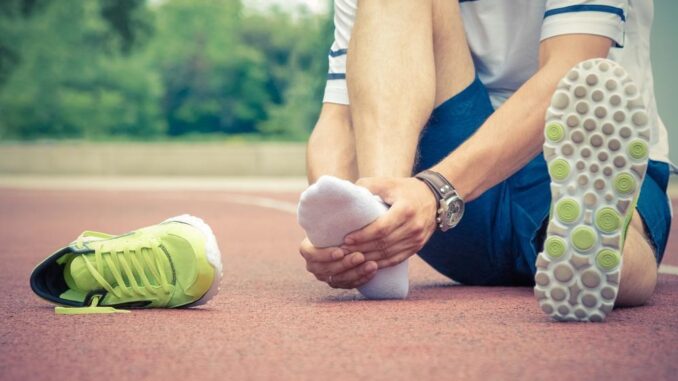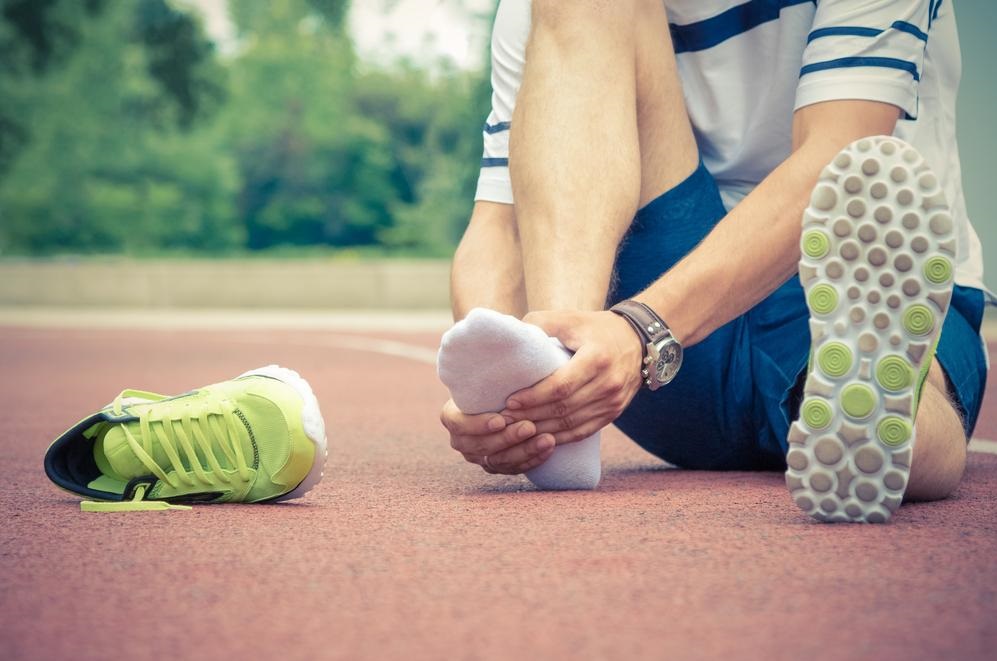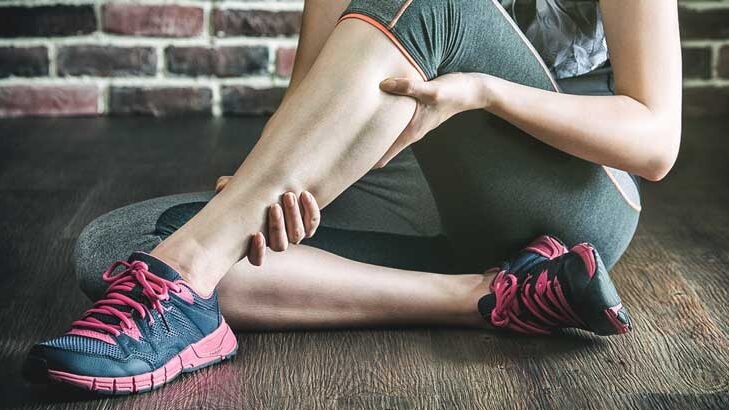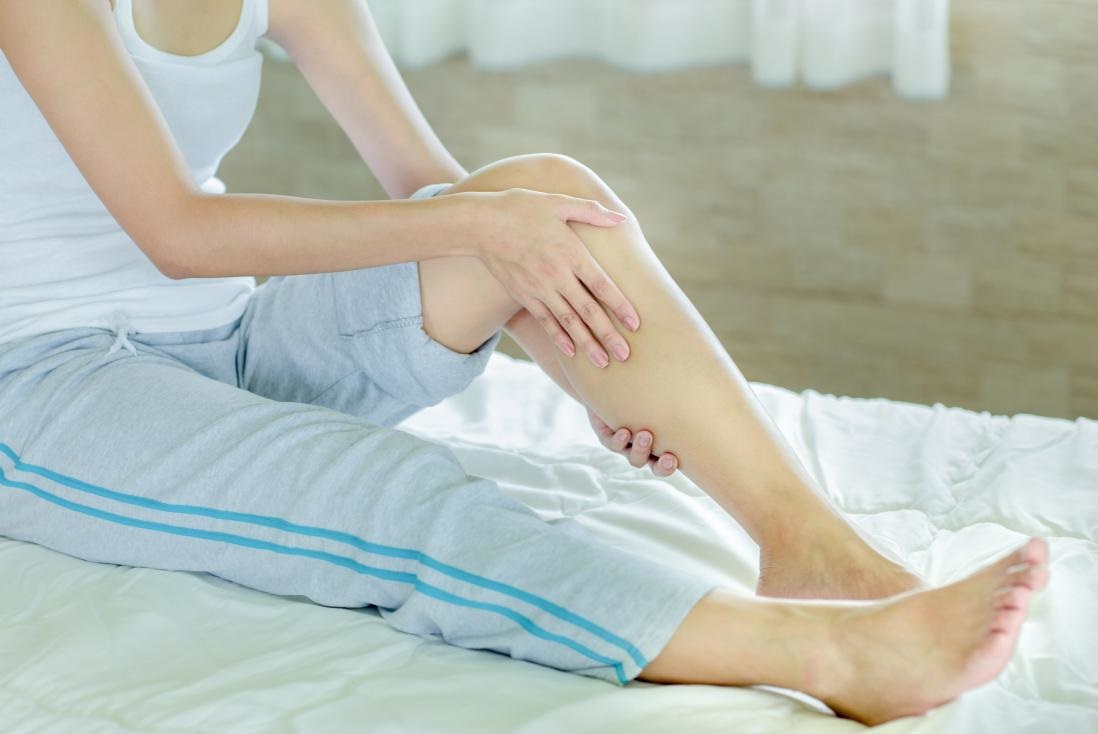
Bundles of fibers that alternately contract and expand produce movement in your legs’ muscles. One of these muscles, typically the calf, contracts involuntarily (tightens). Depending on the severity, cramps may last a few seconds or several minutes. They can be mild or so jarring that they wake you up in the middle of the night. Legend has it that baseball player Charlie “Hoss” Radbourn, who was known for his frequent leg crumps in the 1880s, was the inspiration for the term “charley horse.”

Muscle spasms are extremely painful and can last for a long time. Calves are the most commonly affected, but it can also strike the arm, leg, or even the hand. For most people, cramps are just a minor inconvenience, but for others, they are a regular occurrence. To avoid recurrence of herbal remedies, it is important to maintain a healthy lifestyle.
Cramping hurts because the muscle is contracting abnormally, for an extended period of time, and in an excessive amount. Repeated movements, awkward posture, or poor circulation are all possible causes of this pain, as is an increase in lactic acid in the overworked muscles.
Were you aware of that?
Leg cramps can be alleviated by applying a mixture of vinegar, warm water, and honey.
See also: The Health Benefits of Regular Water Intake by Human Being
In the event of a cramp, stretch your affected leg backward until it is firmly planted in the ground.
Table of Contents
Preventive methods:
Eating fresh vegetables, especially watercress and parsley, as well as whole grains and low-fat dairy products, can help prevent muscle cramps by supplying your muscles with essential nutrients. Make sure you stay well hydrated.
Take five minutes every half hour to stretch and relax your muscles during moderate exercises, such as running or swimming.
– before going to sleep, take a warm bath and wrap yourself in a warm blanket.
To avoid cramps, avoid using too much or too little salt.
– Before going to bed, drink a cup of calin tea, chamomile tea, or verbena tea.
Drinking plenty of water before and during exercise can help prevent leg cramps in the future. There must be enough fluid in the muscles to allow them to contract and relax. Walking in place or slow jogging can help loosen up your leg muscles before a workout. Stretch your leg muscles for a few minutes after each workout. If you are prone to muscle cramps at night, perform an additional set of stretches before going to bed.
Treatment:
Cramping can be relieved by stretching the tightened muscle. To release the remaining tension, knead and tense the muscle.
Within a few minutes, most cramps will disappear on their own. Releasing tension from a tight muscle can be achieved by massaging or gently stretching the affected area. Tense muscles are soothed by heat. To help loosen the muscle, use a heating pad or a warm, wet washcloth.

Acupressure:
Press the v57 point with your thumb in the middle of the back of the thigh, where the muscle and tendon meet, to activate the muscle and tendon. A light push is all that is needed to get the ball rolling. For a few seconds, press the v54 stitch in the centre of the crease behind the knee. If you’re expecting, you should avoid this.
Aromatherapy:
Lavender, marjoram, or ginger oil compresses work well. Do not use more than one or two drops for each. Spread a towel across the water’s surface. Using the oiled side of the foot, apply the product with a gentle squeeze.
Homeopathy:
You can treat the muscle by applying arnica ointment to it.

Quinine is a medication that is used in the treatment of malaria and babesiosis, among other things. When artesunate is not available, quinine is used to treat malaria caused by the chloroquine-resistant Plasmodium falciparum when artesunate is not. Despite the fact that it is used to treat the syndrome of restless legs, it is not recommended for this reason due to the possibility of negative effects. It can be administered intravenously or taken orally. In various parts of the world, people have developed a resistance to quinine. Quinine is also used in tonic water, where it contributes to the bitter flavour. It was used to treat malaria and similar febrile illnesses following thoracoplasty, as well as leg cramps caused by vascular spasms, inner haemorrhoids, varicose veins, and pleural cavities.
Leg cramps can be caused by a variety of things.
The cause of this mystery is unknown (idiopathic leg cramps)
The majority of the time, there is no clear cause. According to some experts, cramps are caused by muscles being stimulated to contract when they’re already shortening. Contracting the muscle further could cause it to spasm because it is already shortened. Due to the fact that most of us sleep with our knees bent and our feet pointing downwards, this is a common problem when lying in bed at night. The calf muscle is shortened in this position, making it more prone to cramping. To understand why stretching exercises may help, one must first understand this hypothesis.

Secondary factors
If the cramps are not alleviated, they could be an indicator of a more serious issue. For instance:
- As a side effect, some medicines can cause cramps, or cause cramps to occur more frequently.
- Muscle exhaustion as a result of excessive effort.
- A deficiency of bodily fluids (dehydration).
- Conditions that alter the salt balance in the bloodstream
- Leg cramps are a common complaint among those undergoing kidney dialysis.
- Usually in the later stages of pregnancy.
- An underactive thyroid gland that has gone untreated.
- Excessive consumption of alcoholic beverages.
- Nerve problems that aren’t as common as you might think.
- Cirrhosis, lead poisoning, and an inflammatory condition called sarcoidosis are all possible causes.
An ailment of the arteries in the legs and arms. The arteries in the legs narrow as a result of this disease, resulting in poor blood flow.
I hope you found my herbal therapy advice helpful.
Keep an eye out for the next article in the series!
Read More: Blue Cheese Has The Ability to Alter a Person’s Goals and Realities

Leave a Reply